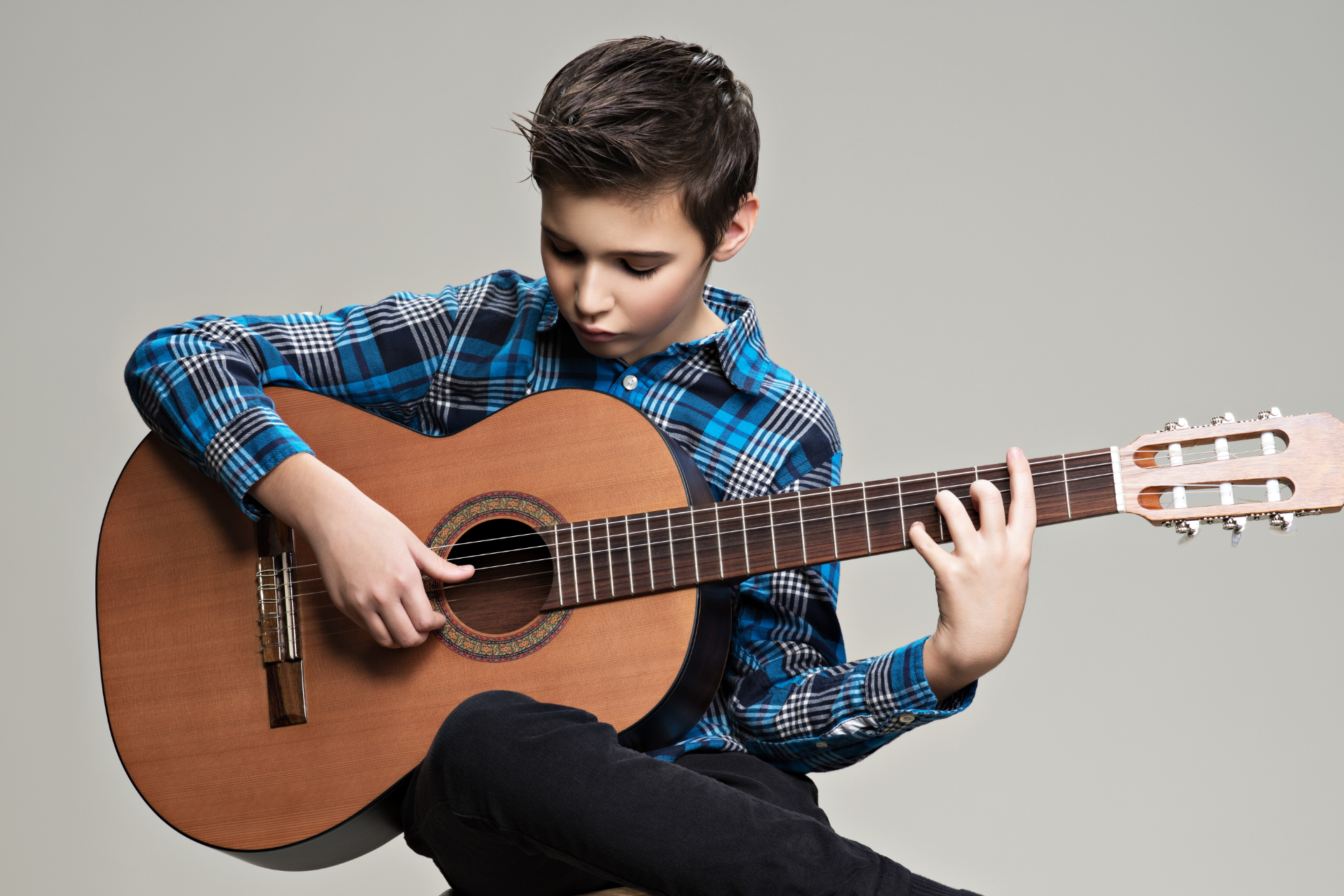General Articles
How Music Strengthens the Hand-Brain Connection
Introduction to Music and Motor Skill Development
The act of playing a musical instrument involves much more than producing sound. It's a highly complex task that demands synchronization between the hands and the brain. Whether it’s a pianist navigating intricate key patterns, a violinist adjusting bow pressure with precise timing, or a drummer maintaining rhythm with both hands and feet, musicians engage in a type of mental and physical coordination that few other activities require. This article explores how this connection enhances fine motor skills, why musicians often exhibit superior hand-brain coordination, and what the science says about music’s powerful influence on motor development.
Understanding the Hand-Brain Relationship
The brain controls every voluntary movement we make. It sends signals via the nervous system to muscles in the body, directing them to act in response to commands. For fine motor tasks like finger tapping, writing, or manipulating instrument strings, this communication must be incredibly fast and accurate. The primary motor cortex, cerebellum, and basal ganglia are all heavily involved in refining these actions.
For musicians, especially those who play instruments requiring finger or hand dexterity, the brain’s motor pathways become finely tuned through repetition and practice. Neuroimaging studies have shown that the motor areas of a musician’s brain are often more developed compared to non-musicians, reflecting an adaptation to the demands of performance.
The Role of Muscle Memory
Muscle memory is a form of procedural memory that allows movements to become automatic through repetition. This is what allows a guitarist to switch chords without consciously thinking or a drummer to execute a complex rhythm pattern smoothly. In musicians, this memory is encoded in the brain over time as synaptic connections strengthen in response to repeated actions.
Consistent practice causes the brain to reinforce the neural circuits responsible for specific hand movements. Over time, this reduces the need for conscious control, freeing up cognitive resources for musical expression, dynamics, and interpretation. In essence, muscle memory acts as a neurological shortcut that enables skilled musicians to perform with both speed and precision.
Fine Motor Skills in Instrumental Performance
Fine motor skills refer to the small, precise movements of the hands and fingers. These are vital for nearly all instruments:
-
Pianists must coordinate both hands independently while maintaining timing and touch sensitivity.
-
Guitarists require synchronized left-hand finger placement and right-hand strumming or picking.
-
Violinists need precise finger placement on strings while controlling bow motion with the opposite hand.
-
Flutists and clarinetists use their fingers for fast keywork while controlling breath support and embouchure.
Regular practice enhances these capabilities through what scientists call motor learning, where the brain continuously adapts to improve efficiency and precision.
Scientific Evidence Supporting Enhanced Motor Skills
Numerous studies have demonstrated the impact of music training on motor skill development. A study published in the Journal of Neuroscience found that children who received instrumental training showed greater development in the corpus callosum, the bridge between the brain's two hemispheres, which plays a key role in bimanual coordination.
Another study in the NeuroImage journal compared the brain scans of musicians and non-musicians and found that musicians had increased gray matter volume in the motor, auditory, and visual-spatial regions. This suggests that their brains had physically changed in response to the demands of musical practice.
Even more interestingly, early musical training appears to have a lasting impact. Research shows that adults who learned to play an instrument in childhood, even if they no longer play, still retain enhanced motor coordination and timing.
Coordination and Ambidexterity in Musicians
Playing an instrument often requires ambidextrous movement, with both hands performing different tasks simultaneously. Drummers, for instance, might have all four limbs moving independently in complex patterns. Keyboardists must synchronize ten fingers across multiple octaves, often with each hand doing something entirely different.
This type of practice promotes bilateral integration, which is the ability to use both sides of the body in a coordinated way. Over time, musicians develop enhanced hand independence and can process motor tasks with exceptional fluidity. It is one reason why professional musicians often display superior typing, manual dexterity, and hand-eye coordination, even outside musical contexts.
The Link Between Music and Cognitive Motor Planning
Planning a musical phrase is like solving a puzzle in real time. The brain must anticipate upcoming notes, determine fingering positions, and sequence movements to achieve the desired sound. This type of planning is managed by the premotor cortex and supplementary motor area, both of which are strengthened through music training.
As a result, musicians develop heightened awareness of movement in space and time. This improved motor planning is transferable to other activities such as sports, writing, or any task involving hand precision. It also explains why music therapy is often used to help stroke victims and individuals with motor impairments regain control over their movements.
Music as Rehabilitation for Motor Disorders
The hand-brain connection that musicians develop has applications in healthcare and therapy. Music-based interventions are widely used in treating motor disorders such as Parkinson’s disease, cerebral palsy, and stroke recovery. Rhythmic cues and instrument-based therapy help patients improve timing, coordination, and movement initiation.
In fact, rhythmic auditory stimulation (RAS) is a growing field that uses metronome-like sounds or simple musical beats to guide and improve patients’ walking and limb coordination. By tapping into the brain’s ability to synchronize movement with external rhythms, therapists are able to retrain motor pathways more effectively.
Instrumental Training and Everyday Skills
The benefits of improved hand-brain coordination are not limited to musical performance. They extend into daily life activities, such as:
-
Typing faster and more accurately
-
Writing with better control
-
Performing detailed manual tasks like sewing or assembling objects
-
Improving reflexes and response time
-
Enhancing multitasking ability
Students who learn instruments early often outperform peers in academic tasks that require sustained attention and coordination. Professionals who continue playing as a hobby often report better manual confidence and spatial reasoning well into adulthood.
Why Children Benefit the Most
While anyone can experience improvements in motor coordination through music, children benefit most due to their brain’s plasticity during development. Musical training helps shape neurological circuits early in life, creating a solid foundation for future skills in sports, language, math, and even emotional regulation.
Pediatric studies have shown that children who play instruments for just one to two years demonstrate measurable improvements in hand control, rhythm perception, and memory retention. These developmental advantages make a strong case for encouraging music education from a young age.
Final Words
The connection between the hands and brain is at the heart of musical performance. Playing an instrument activates and strengthens neural pathways that support fine motor skills, coordination, planning, and memory. The science is clear. Musicians develop sharper motor abilities, enhanced hand control, and superior mental timing. Whether you are learning to play the guitar, piano, or drums, you are not just making music. You are reshaping your brain and body in remarkable ways.
Ready to strengthen your hand-brain connection? Visit Rhythm Music Shop for instruments and music books that inspire progress. Proudly serving Markham, Richmond Hill, North York, Scarborough, and the rest of the GTA.

